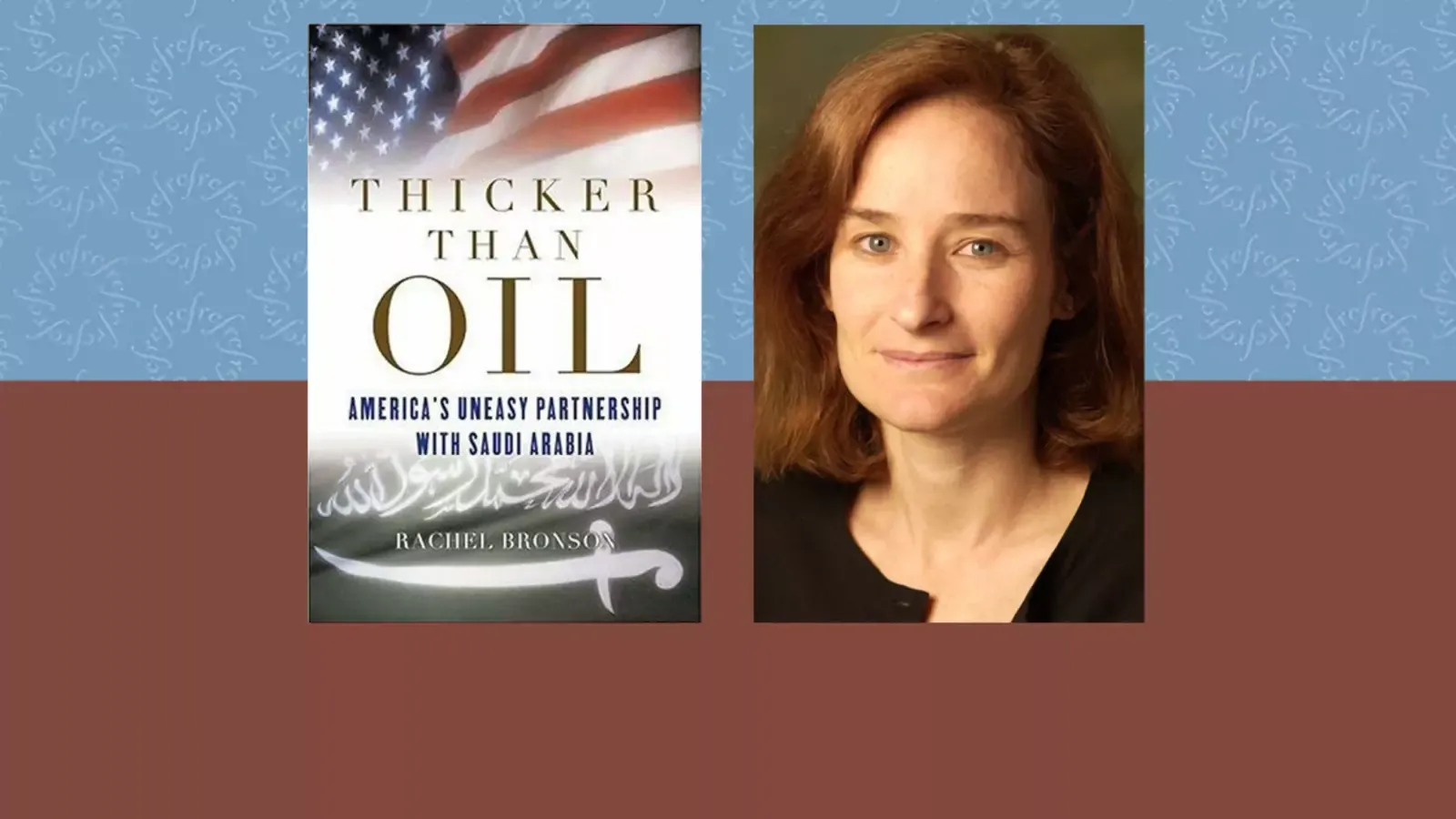Thicker Than Oil

Introduction
In this book, CFR Adjunct Senior Fellow Rachel Bronson presents the first full history of the U.S. relationship with Saudi Arabia, revealing why the alliance was formed and what we stand to lose if it collapses. Teaching notes by the author.
Summary
Thicker than Oil can be a useful resource for a variety of undergraduate or graduate courses. These notes offer some suggestions for using the book in courses devoted to U.S. foreign policy in the Middle East, contemporary Middle East history or politics, foreign policy and religion, and specialized area studies courses on the Middle East.
Thicker than Oil offers a useful guide to students about the complex global environment in which the U.S.-Saudi relationship developed. It goes beyond the traditional formulation of U.S.-Saudi relations as nothing more than a basic bargain of oil for security and shows the ongoing influence of factors such as religion and strategic location. The book provides insights into America's Cold War choices and Saudi Arabia's regional and global interests. It also lays out the strategic choices the United States and Saudi Arabia both face in the coming years and makes recommendations for moving forward. The book should provide for a number of useful discussions in a range of classes.
Essay and Discussion Questions
U.S. Foreign Policy in the Middle East
- Although every President during the Cold War was guided by an interest in opposing Communism, policies shifted with almost every administration. Ask your students to compare and contrast the efforts of two to three different Presidents and assess which were more/less successful.
- The author argues that the end of the Cold War was a turning point in America's relationship with Saudi Arabia. Do you agree. Was it more or less of a turning point than September 11th? How does it compare with America's relationships with other traditional allies?
- Do you agree that reform should be a second order priority in Washington's engagement with the Kingdom? If so, what should be first? If not, what other key interests should it sublimate in order to achieve its goals?
Contemporary Middle East History or Politics
- Discuss the rivalry between Egypt and Saudi Arabia (or the revolutionary and reactionary states more broadly) and its effect on Middle East politics. What role, if any, did outside powers have in exacerbating the conflict?
- Discuss the shift in economics, geopolitics, and ideas that led to the decline of Egypt and the rise of Saudi Arabia between 1967 and 1973. What lasting effect has this shift had on the region?
- What role did the Cold War play in the rise of Islamic radicalism?
- What are the key issues that currently divide and unite the United States and Saudi Arabia? How are these issues viewed in each capital? Will and should the relationship remain the same?
Foreign Policy and Religion
- The author argues that one cannot understand the rise of Islamic radicalism without understanding the U.S.-Saudi Cold War relationship. Do you agree or are other theories of globalization, economic dislocation, and theological evolution more powerful?
- Discuss the global religious institutions that the Saudis created during the 1950s and 1960s and chart their evolution through today. What role will and have they played?
- Do you agree that religion has always been as important to American foreign policy as the author claims?
- Do you agree with the author's contention that continuing to monitor the flow of financial resources out of the Kingdom, and Arabian Gulf states more generally, is key to draining the swamps of terrorism and radicalism? More important than regional reform?
Specialized Area Studies Courses in the Middle East
- The author makes the argument that the U.S.-Saudi relationship was and is more than a bargain of oil for security. Would you agree? Even if it was true in the past, is it true today?
- Was the U.S.-Saudi relationship as central to each state as the author claims? Did and does it impact regional politics as directly as she claims?
- The author puts forward a strong argument that Saudi Arabia, Egypt, and Morocco worked in tandem to support U.S. goals throughout much of the 1970s and 1980s. Are you convinced? Is that axis still in evidence today? If so, around what issues?
Supplementary Materials
Aarts, Paul and Gerd Nonneman, Saudi Arabia in the Balance: Political Economy, Society, Foreign Affairs (London: Hurst & Co., 2005).
Kalicki, Jan and David Goldwyn, Energy & Security: Toward a New Foreign Policy Strategy (Baltimore: The Johns Hopkins University Press, 2005).